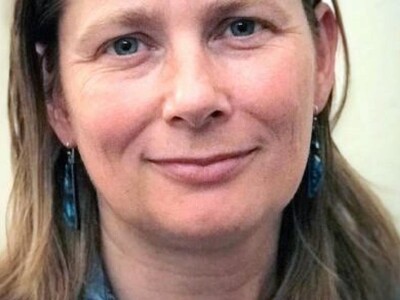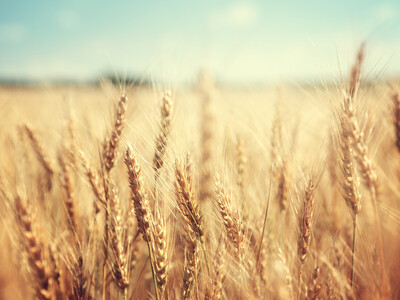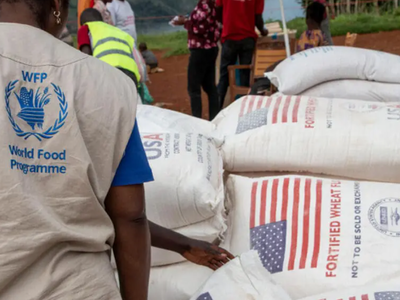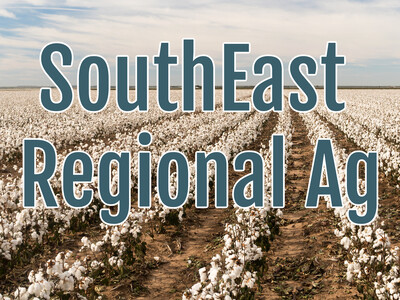Vertically Integrated Horseradish

Tim Hammerich
News Reporter
For niche farms or food companies to make it against commodity producers, vertical integration can be a great option. That’s how Silver Springs Foods has built their horseradish operation, both on their farming and manufacturing side.
Rygg… “So, the farming practices and the land and the equipment allows us to really focus on high-quality horseradish. And then I think on the processing side, we've learned how, you know, with the zinc factor and what makes it hot and what are the best containers and what are the best storage conditions, what are some innovative products we can bring to market for consumers that our competitors aren't, I think give us a lot of advantages.”
That’s company president, Eric Rygg, who admits having more control over the whole process helps ensure quality and saves them money.
Rygg… “There's no one else we can really commission to grow it for us. So if we decided to exit the growing side, we would just be millions of pounds short. And there's a higher cost to buying it on the market than growing it ourselves. So we can still keep our costs down when we grow it. So 70 percent gives us a competitive advantage on controlling the quality. We can play around with some of the, on the farm side, what we need to do to generate the heat that we're looking for with the heat index. All that research helped us. understand what the finished product needs to be, and now we can play around with what we need to do on the farm to make sure we hit those numbers.”
Learn more about their company at silverspringfoods.com.












